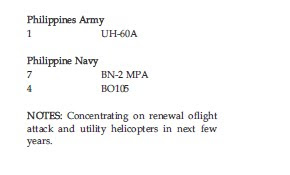 Sukhoi Su-30 flight simulator - Indian version (photo : Trishul)
Sukhoi Su-30 flight simulator - Indian version (photo : Trishul)The system was supposed to be commissioned this month but defence industry sources told The Malay Mail it was not ready.
Last December, HeiTech Padu Bhd president Safiee Mohammad had said the simulator, which includes two high-fidelity Tactical Operational Flight Trainers (TOFT) and computer-based trainer (CBT), would be operational by this month.
Attempts to contact Safiee to clarify the delay were unsuccessful. HeiTech developed the simulator with input from the Sukhoi Design Bureau, the designer of the 30MKM and Irkut planes.
Defence industry sources said Russian engineers would arrive next month to install the system to be housed at a specially designed complex at the Gong Kedak air base where the Sukhoi squadron is based.
“If the trials go well, the simulator is expected to be commissioned by May,” a source said.
The TOFT was developed for full mission training using the Distributed Mission Training concept. This will allow the training mission to be done using more than one simulated aircraft simultaneously.
The RMAF has taken delivery of 18 Sukhoi Su-30MKM aircraft that were procured in 1999 for RM3.4 billion.
On Dec 14 , 2006, HeiTech announced it had signed an agreement with the Malaysian government to design and build the flight simulator for the Sukhoi SU-30MKM for RMAF. The value of the 13-year contract is RM258 million.





























































